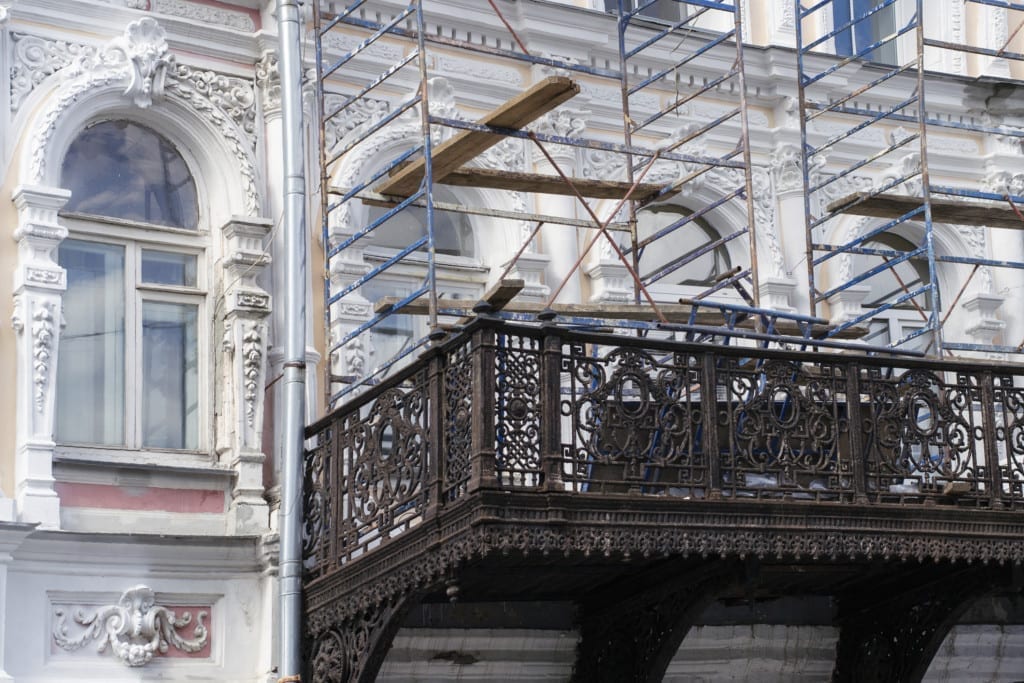Historic buildings are some of the most beautiful preservations of worlds gone by. Architecture and design that shows us a slice of the past allows us to physically connect to our history and culture. These buildings act as physical sources of information about people who lived, worked, or visited the buildings before us. No community wants to see a cherished landmark fall to ruin, and this is where building information modeling (BIM) comes into play.
Though many people first think of building new structures with BIM, it is also incredibly valuable for the preservation, maintenance, and restoration of standing buildings. Whether helping to build new creations or preserve treasures of the past, it’s an approach that is contributing to a brighter future in many different ways.
Read on to learn how BIM training can be used to save these treasured structures.
BIM Courses Can Enable You to Work on Projects with Tighter Budgets
Often, heritage projects are funded by either charities or public sector organizations. For example, the Alberta Historical Resources Foundation is a public trust agency that supports historical building projects. These groups often don’t have very large budgets for projects, so there is a tight range within which historic building endeavours need to work.
When working with smaller budgets, BIM allows for more to be done using less materials and time, and helps to minimize costly errors. As you will learn from BIM training, one of the foundational benefits of BIM is that it makes collaboration easier between different people with various skills. Professionals can check in regularly on projects, increasing effectiveness and reducing the risk of needing a do-over on an important restoration or renovation.

BIM Can Help Complicated Historical Projects Tackle Unexpected Challenges
Working on historical buildings means dealing with ancient materials full of imperfections, nooks, crannies, and deterioration. Lines are often not as straight or symmetrical in older buildings, as they have aged and were constructed with more rudimentary resources. The more technology you can have on your side when working on these projects, the less time-consuming these imperfections become.
You may already be aware as someone considering BIM college that building projects are imperfect processes, which can include unexpected hurdles or curveballs along the way. When working with older materials, this is even more apparent than ever. BIM lets a model receive modifications and adjustments throughout the journey, from a full team of experts. Since the model can be edited and changed along the way, surprises can be mitigated more easily.
BIM Lets Data Be Stored Centrally for Heritage Projects
When working on historical buildings, a top concern is loss of information in one area or another. For example, on an old cathedral, there may be information specifically about an axis that could be lost in the shuffle of restoring the building. You’ll remember from your BIM courses that BIM includes information on plumbing, materials, process, structural integrity, and more. Having this wide range of data can supply future initiatives with more details to work with the next time a renovation or restoration needs to take place.
BIM stores data centrally, ensuring that all notes, documentation, and descriptions are available in one place. Stored digitally, these will be accessible for years to come. Who knows what information may come in handy in the future, and what pieces of the past you might be able to save.
Wondering how you can contribute to a brighter future?
Your career awaits.

